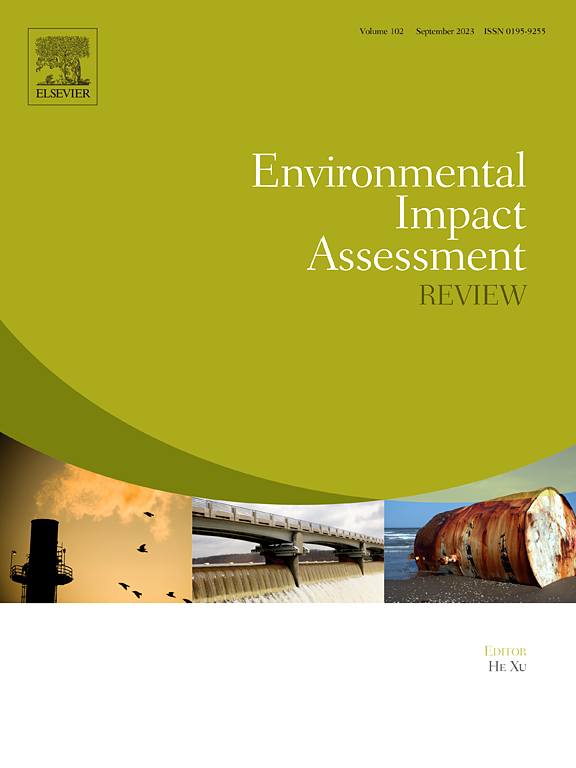Lagged and cumulative effects of drought on global vegetation greenness, coverage, and productivity
IF 9.8
1区 社会学
Q1 ENVIRONMENTAL STUDIES
引用次数: 0
Abstract
Vegetation dynamics have been greatly altered by the rising frequency of drought events. However, the response of various vegetation characteristics to the lagged and cumulative effects of drought remains poorly understood. Therefore, the lagged and cumulative effects of drought on global vegetation greenness (NDVI), coverage (LAI), and productivity (GPP) were investigated based on diverse vegetation characteristics and standardized precipitation evapotranspiration index (SPEI). And they were analyzed under different water balance gradients, climate zones, and vegetation types. The findings revealed that the lagged response of NDVI to drought was more timely, at 4.29 months. The cumulative response of GPP to drought was more timely, at 4.23 months. Cumulative responses to drought were generally stronger than lagged responses. Across different water balance gradients, the lagged months of NDVI displayed the most significant U-shaped distribution with increasing SPEI, whereas the cumulative months of GPP exhibited the most significant inverted U-shaped distribution. In addition, the arid zone experienced the strongest drought impacts on all vegetation characteristics. Grasslands and shrublands were more vulnerable to drought than forests. Among the three vegetation characteristics, NDVI accounted for the highest percentage of minimum lagged months, at 19.29 %. GPP had the highest percentage of minimum cumulative months, at 15.92 %. This study revealed the complexity of vegetation dynamics under drought stress, which could help us further understand the vegetation response in climate change, and thus provide a critical foundation for ecosystem management and climate change adaptation strategies.

干旱对全球植被绿化率、覆盖度和生产力的滞后和累积效应
干旱事件的频繁发生极大地改变了植被动态。然而,各种植被特征对干旱滞后效应和累积效应的响应仍然知之甚少。因此,基于不同植被特征和标准化降水蒸散指数(SPEI),研究干旱对全球植被绿度(NDVI)、覆盖度(LAI)和生产力(GPP)的滞后效应和累积效应。并在不同的水平衡梯度、气候带和植被类型下进行了分析。结果表明,NDVI对干旱的滞后响应更为及时,为4.29个月。GPP对干旱的累积响应更为及时,为4.23个月。对干旱的累积反应一般强于滞后反应。在不同的水平衡梯度中,NDVI滞后月份随SPEI的增加呈现最显著的u型分布,而GPP累积月份呈现最显著的倒u型分布。干旱区对各植被特征的干旱影响最大。草原和灌丛比森林更容易受到干旱的影响。在3个植被特征中,NDVI占最小滞后月的比例最高,为19.29%。GPP最低累计月数所占比例最高,为15.92%。该研究揭示了干旱胁迫下植被动态的复杂性,有助于我们进一步了解植被对气候变化的响应,从而为生态系统管理和气候变化适应策略提供重要依据。
本文章由计算机程序翻译,如有差异,请以英文原文为准。
求助全文
约1分钟内获得全文
求助全文
来源期刊

Environmental Impact Assessment Review
ENVIRONMENTAL STUDIES-
CiteScore
12.60
自引率
10.10%
发文量
200
审稿时长
33 days
期刊介绍:
Environmental Impact Assessment Review is an interdisciplinary journal that serves a global audience of practitioners, policymakers, and academics involved in assessing the environmental impact of policies, projects, processes, and products. The journal focuses on innovative theory and practice in environmental impact assessment (EIA). Papers are expected to present innovative ideas, be topical, and coherent. The journal emphasizes concepts, methods, techniques, approaches, and systems related to EIA theory and practice.
 求助内容:
求助内容: 应助结果提醒方式:
应助结果提醒方式:


